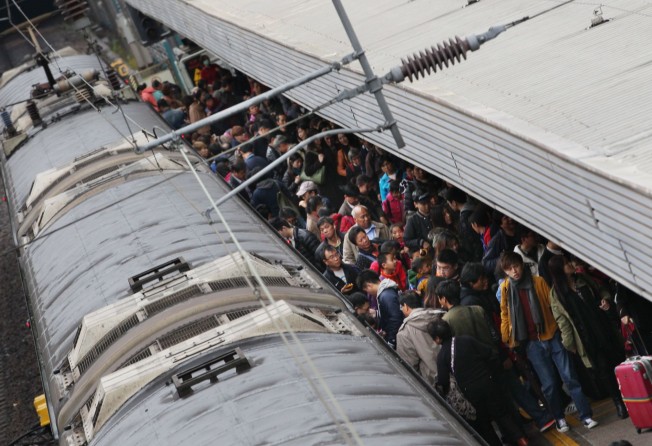Know Your Bylaws: Here Are the Basic MTR Rules You Wouldn't Believe You're Breaking

Last week, the MTR Corporation put forward a review of its bylaws to the Legislative Council, with suggestions including reducing the fine for abusive language—and ticking off loitering from the list of punishable rules.
A spokesperson from the MTR Corporation says the review is based on a proposed revision and remarks from Legco back in 2010. When asked whether new bylaws will be added, the spokesperson declines to comment.
Last year, a total of 2,643 prosecutions were made against passengers for breaking the MTR’s bylaws. The second-most broken rule, after failing to pay the MTR fare, was bringing prohibited items onto the train—most of which are classified as either too large or too heavy. Bylaw 27(a) prohibits passengers from bringing luggage onto the train that could potentially cause injury to others, or cause a nuisance.
Last July, former professional snooker player Ivan Chan Kwok-ming was issued a warning letter because his cue stick was too long. Two months later, a student received a warning letter when he brought a cello onto the train. The cello was four centimeters too long.
Also last year, the MTR carried out a trial scheme where passengers could register for an Oversized Musical Instrument Permit. This allows musical instruments up to 145 centimeters long to be carried onto the train.
So, why do we have these bylaws in the first place? The MTR spokesperson says the original idea behind them is to impose “reasonable restrictions” on passengers’ behaviors.
But the bylaws may not be so reasonable themselves.
Viral videos of people who refrain from offering seats to the needy have circulated on Facebook over the past few years. Turns out, the person behind the camera is treading on dangerous ground. According to MTR bylaw 28H(e), it’s prohibited to use any “video recording or camera equipment” to record films or videos without prior approval, in writing, of the MTR.
In 2014, the MTR issued a call for old photos on the city’s railway system to celebrate its 35-year anniversary. This immediately lead to the question of whether there could be any old photos taken within the MTR at all, if the bylaw was properly enforced—and if it had been, was there any practical function?